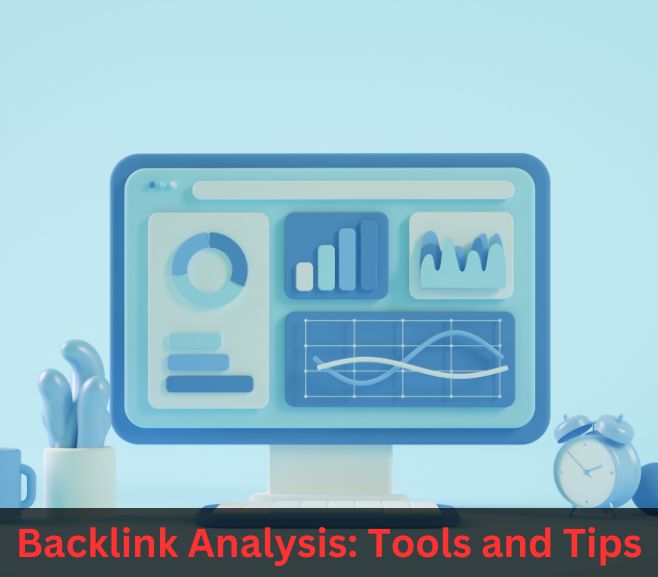Backlinks are crucial for a website’s search engine ranking. However, not all Backlinks are created equal. The quality of Backlinks plays a significant role in determining the ranking of a website. Therefore, it is essential to analyze the Backlinks of your website and your competitor’s websites to improve your SEO strategy.
Backlink analysis is the process of examining the Backlinks of a website to determine their quality, relevance, and authority. By analyzing Backlinks, you can identify the strengths and weaknesses of your SEO strategy and make necessary adjustments to improve your website’s ranking.
In this article, we will discuss the tools and tips for Backlink analysis.
Tools for Backlink Analysis:
- Ahrefs: Ahrefs is one of the most popular and comprehensive Backlink analysis tools available. It offers a range of features, including Backlink analysis, competitor analysis, keyword research, and more.
- SEMrush: SEMrush is another powerful tool that offers Backlink analysis, keyword research, and competitor analysis. It also provides an overview of a website’s visibility and organic search traffic.
- Moz Pro: Moz Pro offers Backlink analysis, keyword research, and site audits. It also provides a domain authority metric to evaluate the overall authority of a website.
- Majestic: Majestic offers Backlink analysis and competitor analysis. It provides an overview of a website’s link profile and the anchor texts used.
Tips for Backlink Analysis:
- Analyze your competitors’ Backlinks: Analyzing your competitors’ Backlinks can give you insights into their SEO strategy. You can identify the sources of their high-quality Backlinks and try to acquire similar ones for your website.
- Identify low-quality Backlinks: Low-quality Backlinks can harm your website’s ranking. Therefore, it is essential to identify and disavow them. You can use Backlink analysis tools to identify low-quality Backlinks by looking for Backlinks from spammy or irrelevant websites.
- Focus on relevant Backlinks: Backlinks from relevant websites are more valuable than Backlinks from irrelevant websites. Therefore, it is crucial to focus on acquiring Backlinks from websites that are relevant to your niche or industry.
- Monitor your Backlinks regularly: Backlinks can change over time, and some Backlinks can become low-quality over time. Therefore, it is crucial to monitor your Backlinks regularly and disavow any low-quality Backlinks that may harm your website’s ranking. At the same time get backlinks from high authority sites.
- Look for link gaps: Link gaps are the Backlinks your competitors have that you don’t. By identifying these gaps, you can find opportunities to acquire high-quality Backlinks that your competitors may not have. Backlink analysis tools such as Ahrefs and SEMrush can help you identify link gaps.
- Analyze anchor text distribution: Anchor text is the clickable text that appears as a hyperlink. It is essential to analyze the distribution of anchor texts in your Backlink profile. If your Backlink profile has too many exact-match or keyword-rich anchor texts, it may appear manipulative to search engines. Therefore, it is crucial to have a natural anchor text distribution.
- Identify broken Backlinks: Broken Backlinks are links that point to pages that no longer exist. Identifying broken Backlinks and fixing them by redirecting them to relevant pages on your website can help improve your website’s ranking. Backlink analysis tools such as Ahrefs and SEMrush can help you identify broken Backlinks.
- Analyze link velocity: Link velocity refers to the rate at which Backlinks are acquired over time. A sudden spike in Backlinks can appear suspicious to search engines and may result in a penalty. Therefore, it is crucial to analyze the link velocity of your website and maintain a natural link building pace.
- Look for link building opportunities: Backlink analysis can also help you identify new link building opportunities. By analyzing the Backlinks of other websites in your niche or industry, you can identify websites that may be willing to link to your content.
In conclusion, Backlink analysis is a crucial aspect of SEO strategy. By analyzing your Backlinks and your competitors’ Backlinks, you can identify areas for improvement and make necessary adjustments to improve your website’s ranking. With the right tools and tips, Backlink analysis can be an effective way to enhance your SEO strategy and increase your website’s visibility.
